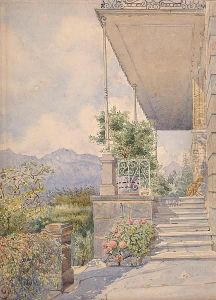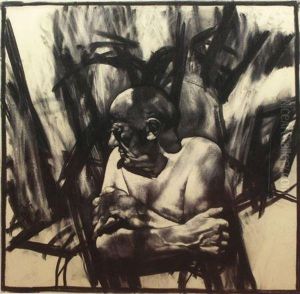Mary E. Griffith Paintings
Mary E. Griffith was an American painter hailing from the late 19th and early 20th centuries, whose life spanned a period of significant change in the art world. Born in 1851, Griffith's artistic journey is reflective of the broader transitions in American art, from the dominance of European-influenced academic painting to the emergence of American Impressionism and the early seeds of modernism. Despite the challenges faced by women in the arts during this era, Griffith carved out a space for herself in the artistic landscape of her time.
Throughout her career, Griffith was best known for her landscapes and still lifes, which often showcased her interest in the effects of light and color, hallmarks of the Impressionist movement. Her work, while not as widely recognized today as some of her contemporaries, contributed to the diffusion of Impressionist techniques and sensibilities among American artists. Griffith's paintings are characterized by a soft, luminous palette and a delicate handling of detail, which together create a sense of tranquility and beauty in everyday scenes.
Despite her talents, Mary E. Griffith faced the typical obstacles of female artists of her time, including limited access to formal art education and major exhibitions. Nevertheless, she pursued her artistic education with determination, studying under various prominent artists of her time and participating in local and national art exhibitions. Her work was exhibited alongside that of other American artists who were integral to the introduction and development of Impressionism in the United States.
Griffith's legacy, while not as celebrated as some of her peers, is preserved in the collections of those who appreciate the nuanced and evocative qualities of her paintings. Her death in 1942 marked the end of a career that had navigated the complexities of an evolving art world, leaving behind a body of work that continues to be appreciated for its contribution to the American artistic heritage. Through her dedication and skill, Mary E. Griffith demonstrated the vital role of women in the development of American art, challenging the constraints of her time with each stroke of her brush.

